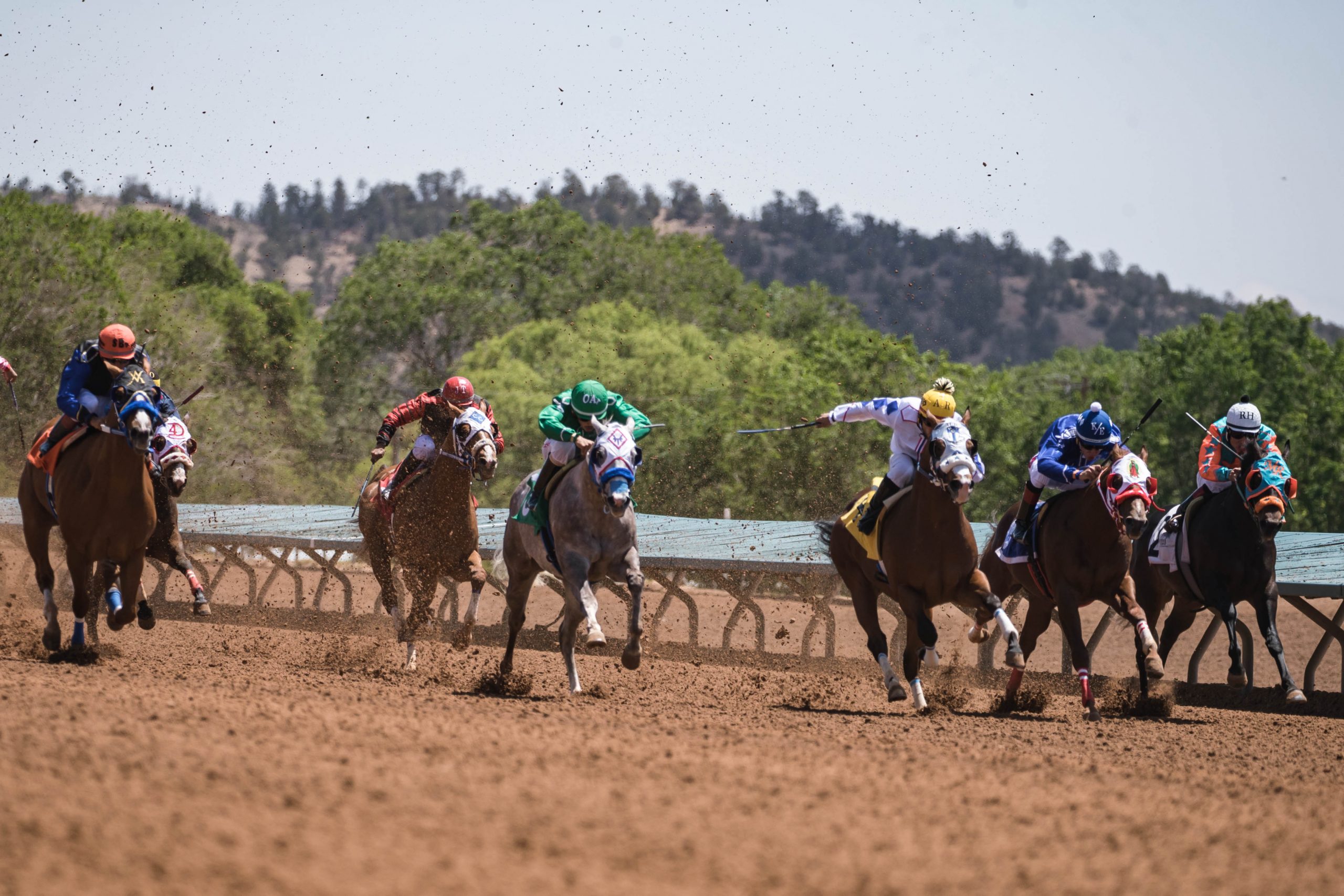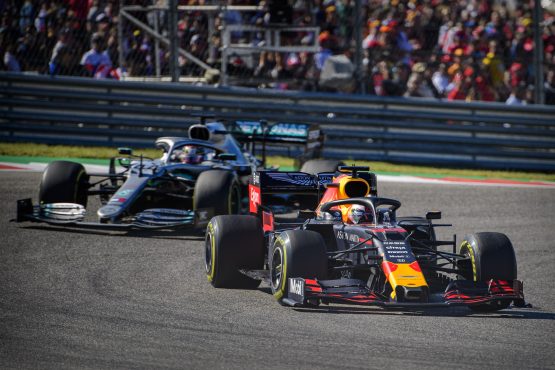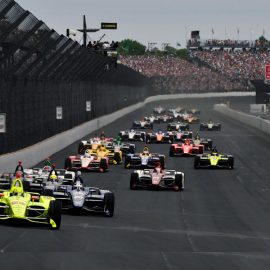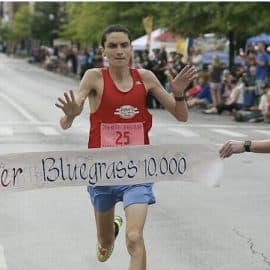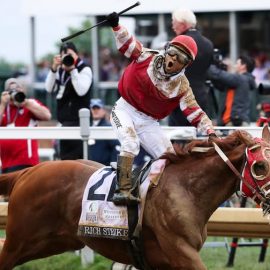By Jennifer Morrison
Horse racing in Canada faced an entirely new set of challenges in 2020 when the deadly Covid-19 pandemic descended on the world. Canadian Thoroughbred magazine reports how racing meets are delayed and shortened, and fans are not permitted at any Canadian tracks. Racetracks in Canada, like most businesses, had to combat decreased income with layoffs. Breeders were faced with yearling sales that allowed only a limited number of attendees and the uncertainty of the pandemic’s effects heading into the 2021 breeding season caused a dent in broodmare and stallion businesses.
At the outset of the summer of 2021, tracks have recently opened after more delays and fans are slowly being allowed back in the stands as the pandemic’s third wave dissipates. But the challenges to reboot the sport in each province ‒ some which were experiencing hardships before the pandemic ‒ remain distinct hurdles.
Assiniboia Downs, Winnipeg, Manitoba
Winnipeg’s Assiniboia Downs was the biggest racetrack success story of 2020, as its wagering numbers went through the grandstand roof during the track’s 50-day meeting. Guided by Chief Executive Officer Darren Dunn, Assiniboia was the first Canadian track to open for racing last year. As there were very few tracks in all of North America hosting racing in late May, plus with horse racing being the only major sport underway, Assiniboia became very popular.
From its opening day total of just over $1 million wagered, all of it off-track through the Woodbine-hosted Horseplayer Interactive on-line platform, Assiniboia Downs set betting records throughout the season. When it wrapped up its meeting, wagering was over $63 million a staggering 425 percent over 2019 and bested the all-time record of $53.4 million set in 1981 with over 135 racing dates. While tracks only receive a small percentage of the wagering from Woodbine’s HPIbet.com, Dunn called the year “incredibly satisfying.”
Assiniboia opened its 2021 season May 24 as the second Canadian track to begin racing in the new year, but with the United States having opened up its economy before Canada, all of its major racetracks were already well underway. In addition, the Video Lottery Terminals (VLT’s) in the casino section of the track remained idle.
Through July 5, wagering on 19 race cards was at $10.8 million. “The overall race and race day average is down [from 2020],” said Dunn. “We expected that based on increased competition from other racetracks and professional sports leagues that were not consistently there in 2020 at this time.”
One of the most significant issues for Assiniboia racing in 2021 has been the shrinking jockey colony, which was hit hard when most of its riders could not return to Canada from home countries in the Caribbean. “We continue to have the smallest number in the history of Assiniboia, with currently only 11 jockeys,” lamented Dunn. “The talent level is not where it could be; we need a change in order to access to the internationally-based riders we are used to having.”
Dunn is also focused on getting more fans back in the stands and rejuvenating the sport of horse racing as an entertainment destination. “That is our other hurdle,” said Dunn. “(Trying) to get customers to return, in a significant way, on site, is what many tracks and sports leagues are dealing with.”
The racing department offered shipping incentives to encourage people to bring horses to Assiniboia to race, saw a purse increase on most races, and the Manitoba Derby purse was raised to $100,000 from $75,000.
The number of thoroughbreds born in Manitoba has decreased in numbers, down almost 50 percent to about 45 in the last decade. The health of the local breeding industry is paramount as these horses comprise the largest portion of horses a local track will draw from to fill races. The provincial chapter of the national breed organization, the Canadian Thoroughbred Horse Society (CTHS), has implemented breeder incentives in an effort to boost the number of foals born in the province. The CTHS-Manitoba annual yearling sale had just 31 horses go through the ring in 2020. The annual sales indicates the health of the local breeding industry and should represent the largest per.
Long-time leading Manitoba breeder Cam Ziprick maintains a dedicated breeding program and in 2021 introduced a new stallion, Speculating, a beautifully-bred son of Medaglia D’Oro, to the province.
Ziprick has long tried to put partnerships together to promote the sport. “From my perspective as a breeder, you need to be more responsible to put a product out there that people want, a product that is worth buying. It costs just as much to keep a really good mare as it does to keep a cheap one – you might as well start with a good product.”
2021 Notable Dates
- Manitoba Derby, Monday August 2
- CTHS Manitoba Yearling Sale, Sunday, August 2
Assiniboia Downs Wagering
- 2020 Handle – $63,264,000 (333 wagering races, 50 dates)
- 2019 Handle – $12,467,854 (350 wagering races, 50 dates)
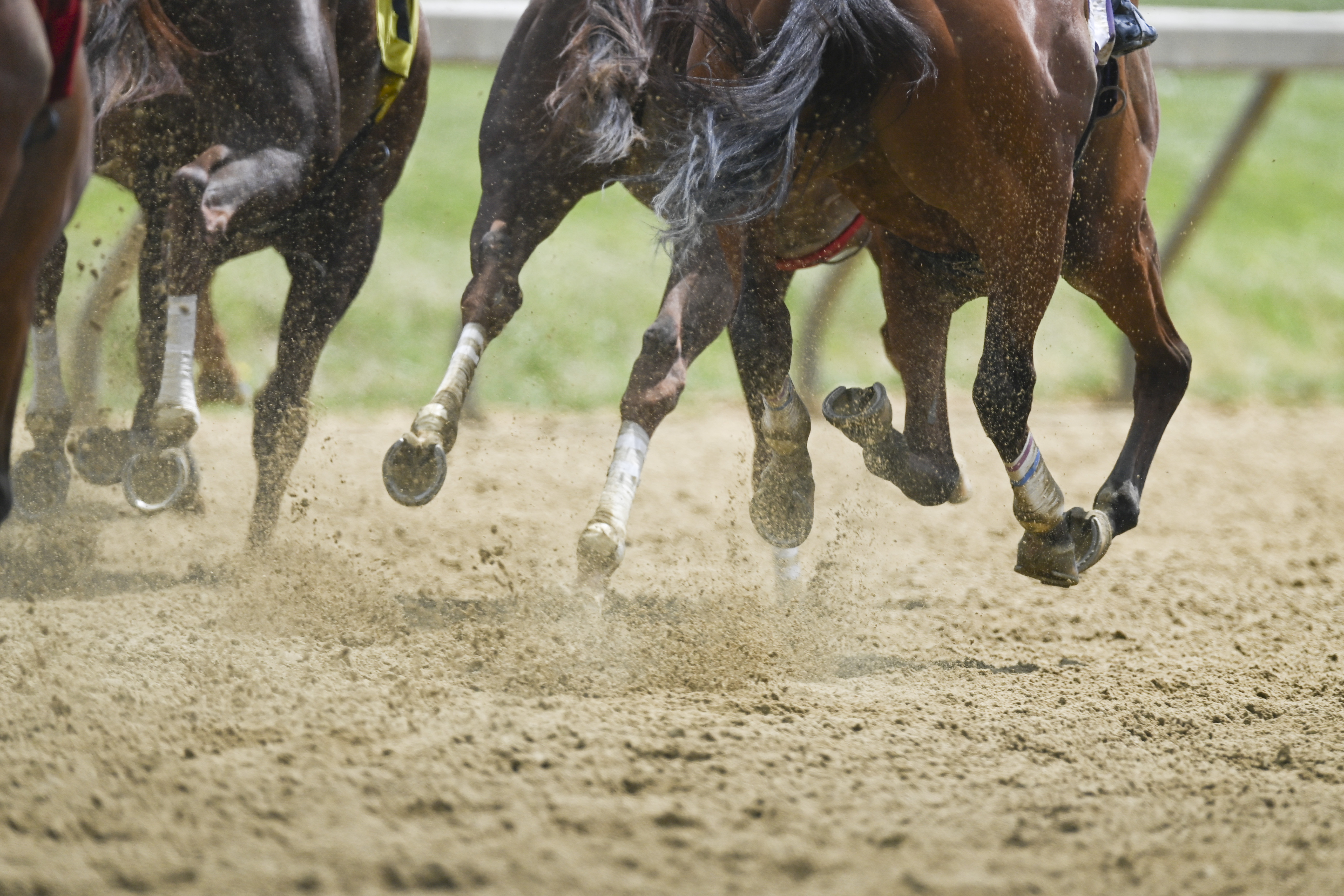
Century Mile, Nisku, Alberta
Alberta’s new one-mile track, Century Mile, opened in 2019 and had a banner year in wagering with over $71 million pushed through the wagering windows. Alberta’s racing industry secured an interest-free loan of $7 million over three years from the provincial government so that racing could begin in June 2020, delayed due to the Covid-19 pandemic.
In the CTHS Alberta spring 2021 report, president Adrian Munro said racing also received an ongoing increase in net revenue from slot machines from 40 percent to 50 percent, effective in June. “We are in a stronger financial position as an industry which, post-COVID, will result in an additional $10M annually flowing to horsemen,” said Munro.
Alberta’s Breed Improvement Program continues to be a successful reward program for breeders of Alberta-breds. While the program faced a reduction at the onset of the pandemic ‒ about 30 percent due to the closure of the Alberta casinos ‒ the brief re-opening of the casinos last year led to more revenue that projected, almost twice the $222,000 offered to Alberta-breds placing in races above the $6,250 claiming level.
Due to Covid-19 restrictions, the wagering numbers have dropped and the horse population has been an issue with many small six- and seven-horse fields running early in its 2021 season. Wagering in 2021 for horse racing in Alberta is about $17.5 million, down from $21 million in 2020.
Notable Dates
- Grade 3 Canadian Derby September 11
- CTHS Alberta Yearling Sale September 17
Century Mile Wagering:
- 2020 Handle – $62,653,566 (41 dates)
- 2019 Handle – $ 71,149,511 (61 dates)
Hastings Racecourse, Vancouver, B.C.
British Columbia horse racing is facing its biggest challenge in 2021 after the provincial government informed the industry that it would not be providing any additional funding this year. That news came in the spring in a letter from Finance Minister Selina Robinson to the BC Horsemen’s Benevolent and Protective Association (HBPA), Harness Racing BC and the BC CTHS. Horse racing receives a share of slot machine revenue in BC, but since the casinos have been closed since early in 2020, there has been no income from that source for the province.
Hastings Racecourse had a shortened season in 2020 due to the Covid-19 pandemic and purses were cut. CTHS president Grant Watson said in his annual report, “Our meet ran from July 6th to October 1st last year. Not only did BC have the fewest days of racing in Canada because of the pandemic restrictions, we were also the last track to open for racing. This allowed other markets to establish a loyal online betting presence that left little for Hastings. Add to that the lack of commitment from Great Canadian (Gaming, owners of Hastings Park) towards marketing racing and we were left with little to be encouraged about. Even the Provincial Government sat on the sidelines while our revenue base was cut by over 60% causing the reduction in days and purses.”
Watson and the BC Thoroughbred Owners & Breeders Association, under president Ole Nielsen, re-calibrated the purse accounts to help breeders as the number of mares being bred in the province has been declining. These adjustments included a 35% owner’s bonus to those owners racing a BC-bred in 2022 through 2026 for those races which in 2021 are awarded the BC Bred Bonus of 25%. The second part of the program involved yearlings purchased in 2021 and 2022 at the CTHS sale(s), having an additional 15% added to the BC Bred Bonus for those purchases in their 2-year-old and 3-year-old seasons, making it a total 50% BC Bred Bonus.
But with a lack of funding from the province, the 2021 racing season, scheduled to run through October 25, only had enough purse money to run until August 2 until racehorse owner and trainer Glen Todd of the North American Thoroughbred Horse Company offered of a $1 million interest-free loan to the track in July to ensure racing could continue through at least August 31.
The HBPA continues to work with Harness Racing B.C. in lobbying the government and are currently in discussions with to the provincial premier’s office.
Hastings was the first track in Canada to open in 2021 and saw a 77% increase in wagering on its opening day card over 2020.
Notable Dates:
- BC CTHS Yearling Sale – September 13, 2021
Hastings Wagering:
- 2020 Handle: $ 14,374,496
- 2019 Handle: $ 28,608,295
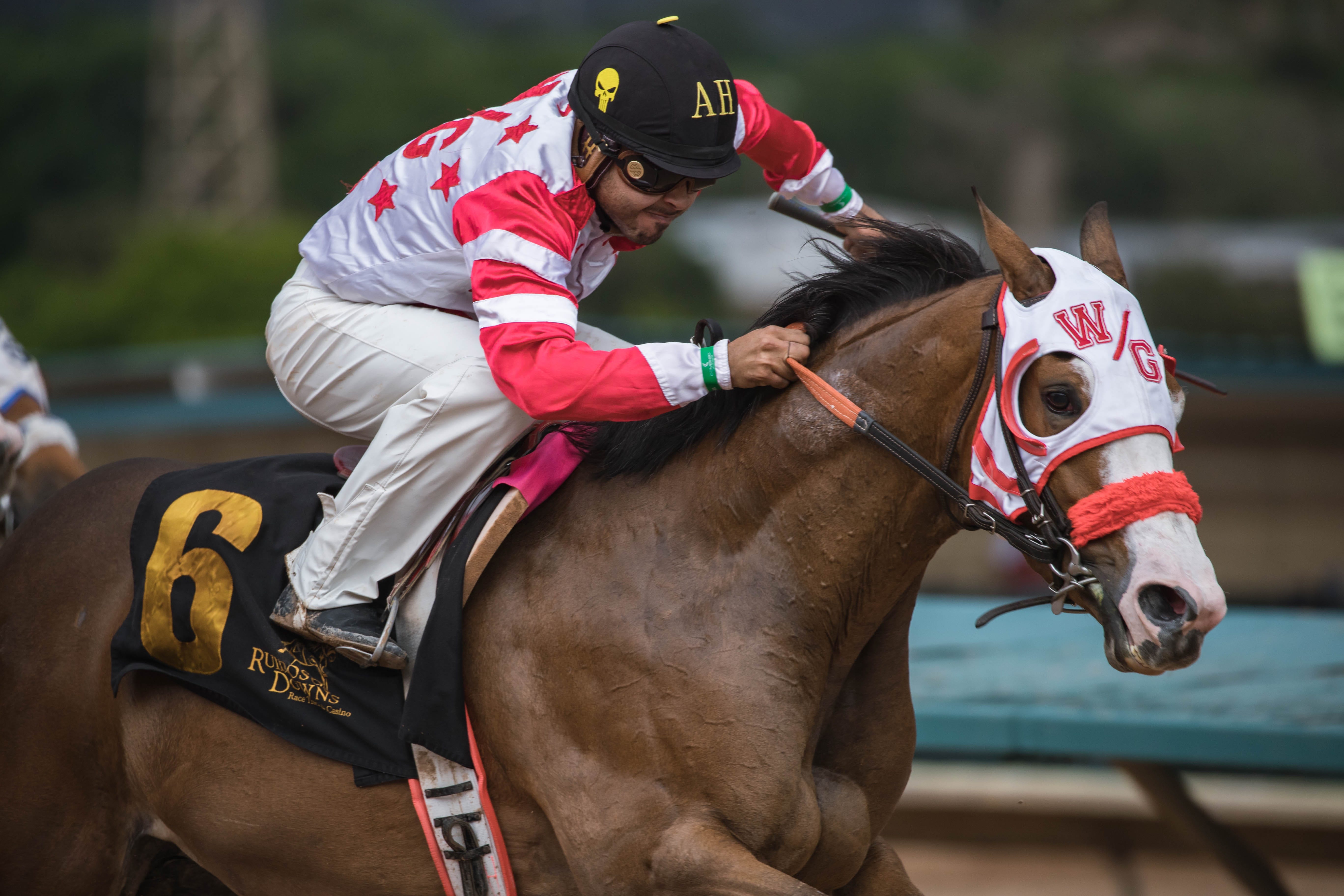
Race 10
Fort Erie Race Track
When Fort Erie opened for racing in early June 2020, the Covid-19 pandemic’s first wave was seeing case numbers decrease and the province of Ontario slowly re-opening the economy. As with many other Canadian tracks, sports and horse racing-starved fans welcomed the racing with wagering enthusiasm; its first card realized a whopping $2 million in betting. After just six racing days in 2020, the wagering total had already surpassed $7 million.
A year later, Fort Erie faces the same hurdles as its fellow tracks as wagering competition is back to normal and racing needs to find a way to get into more local households and begin to lure people to the track once again. After the first six cards of 2021, wagering is just over $4.4 million ‒ a good number, but down from the lofty totals of a year ago.
“Business has been great so far,” said General Manager Drew Cady. “We’ve had a very consistent handle every Monday and Tuesday afternoon and we’ve also had a very steady horse population to support our racing program as we continue to progress through the season.”
Once again, the restriction on horsepeople to ship horses from Woodbine to Fort Erie to race – if a trainer ships a horse to race at Fort Erie, it cannot return to Woodbine until the fall season – has played a role in the horse population.
“Obviously, Woodbine’s stay-and-race program does affect us,” said Cady. “We have actually put a shipping subsidy in place to encourage the horsemen to race and stable their horses at the Fort. To be distributed once per horse, the $300 subsidy will be in place for the rest of the season. In terms of eligibility, horses must be on the grounds before August 31st and they must race twice at the Fort between now and the end of the season.”
Fort Erie hosts the second jewel of the Canadian Triple Crown, the $400,000 Prince of Wales Stakes, at 1 3/16 miles on the dirt track. The track looks forward to having fans on site for the 2021 Prince of Wales following the 2020 edition that did not permit spectators.
Notable Dates:
- Puss n Boots Cups- $30,000, Sept. 6
- Prince of Wales Stakes, $400,000, Sept. 14
- Rondeau Bay Stakes, $80,000, Sept. 14
- Lake Erie Stakes, $80,000, Sept. 14
Fort Erie Wagering:
- 2020 Handle – $40.2 million (39 dates)
- 2019 – $29.9 million last year with 40 days.
Woodbine Race Track
Canada’s biggest racetrack saw a 10.5 percent drop in wagering in 2020 through 96 racing dates, down from the scheduled 133 dates. The Woodbine season began late and finished early due to the Covid-19 restrictions and once again started late in 2021.
The 2020 total wagering of $462 million was down more than $50 million from 2019 and most of those bets came from outside of Canada. However, foreign wagering on 27 percent fewer racing cards was down just three percent. Woodbine pays significantly higher fees on bets placed outside of Canada.
Wagers placed in Ontario on Woodbine Thoroughbred racing was $54,810,867, down 41 percent compared to last year. Handle per race, however was strong at just over $500,000, up almost 20 percent since 2019.
One area of racing at Woodbine that has not been seriously affected is field size, with an average of 8.9 horses per race in 2020, up from 8.2 the year prior. The 8.5 percent growth in field size was believed to be a result of the postponed start.
“With the start of the season being postponed more than a month, this allowed more horses to be ready for the start of the season which resulted in increased field sizes,” said Woodbine president and CEO Jim Lawson. “While any growth in field size is always encouraging, it continues to be a focus for us as it is impacting our ability to maximize our wagering handle and support the purse payments.”
Woodbine opened later than most tracks in Canada this season, but has had large fields and strong weekend wagering. A limited number of fans were welcomed back beginning July 1 which will add to the overall handle.
Notable Dates:
- Woodbine Oaks, $500,000, Aug. 1
- Queen’s Plate, $1 million Aug. 22
- CTHS Ontario Canadian Premier Yearling Sale – Sept. 1
- Woodbine Mile (G1), $1 million, Sept. 18
- Pattison Canadian International, $600,000 Sept. 18
- Breeders’ Stakes, $400,000, Oct. 3
Woodbine Wagering:
- 2020 Handle – $462,041,545 (96 dates)
- 2019 Handle – $516,189,419 (133 dates)
Add The Sports Daily to your Google News Feed!
